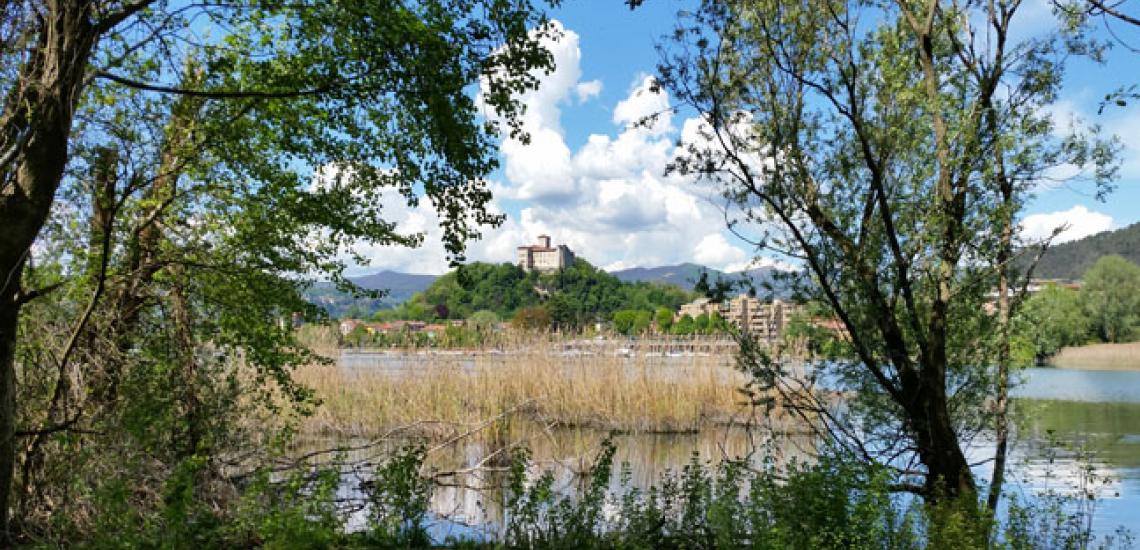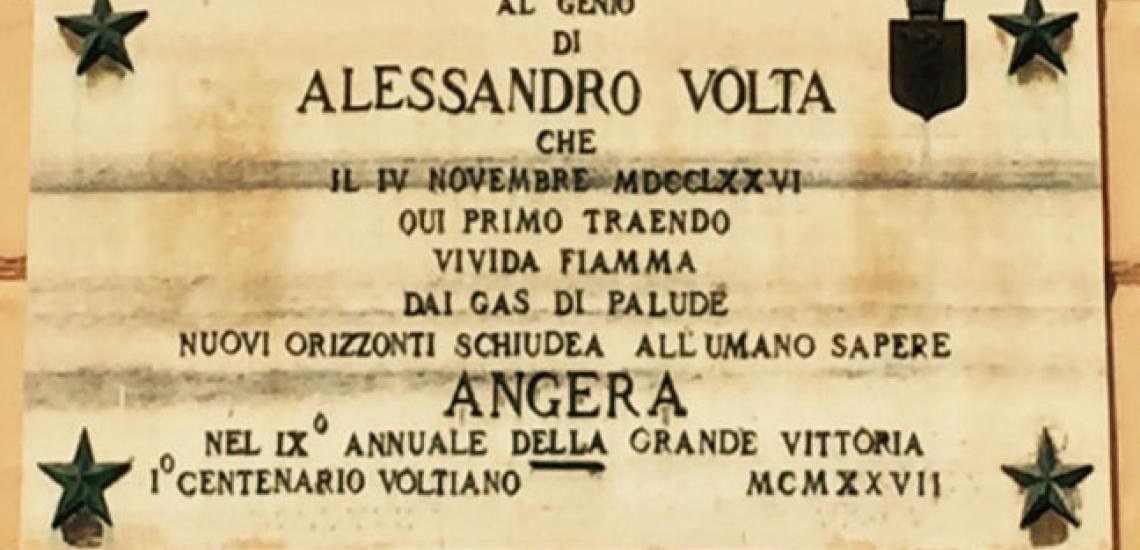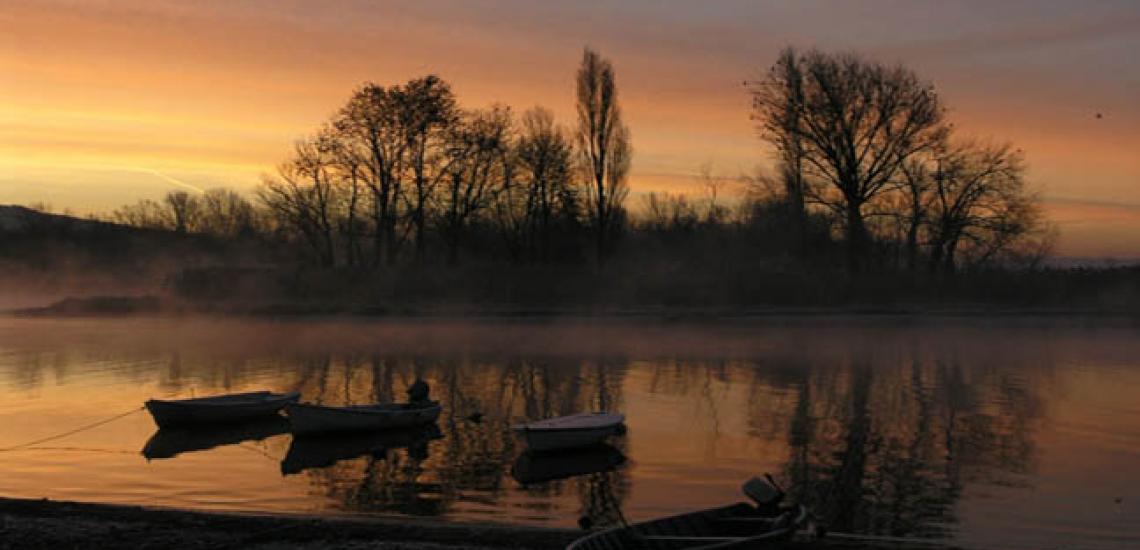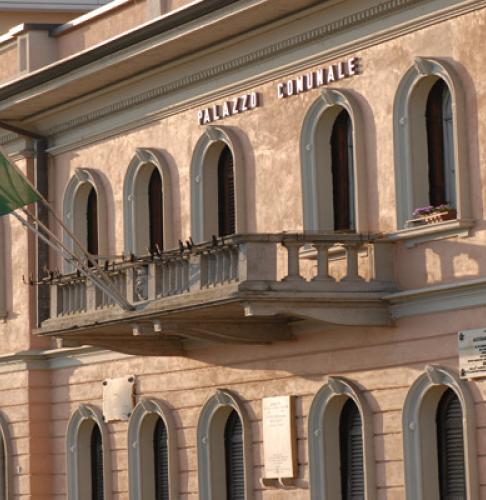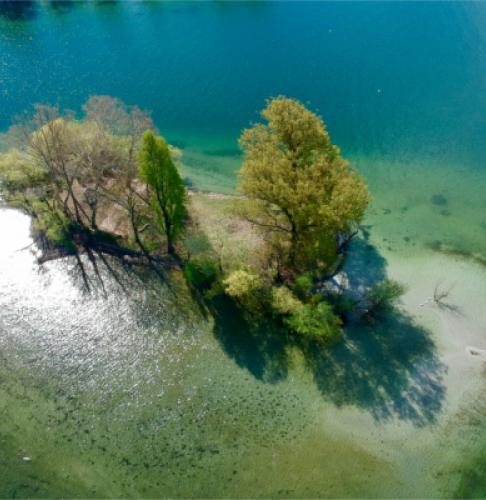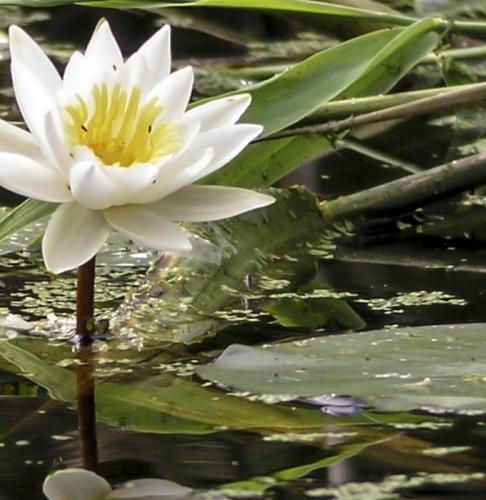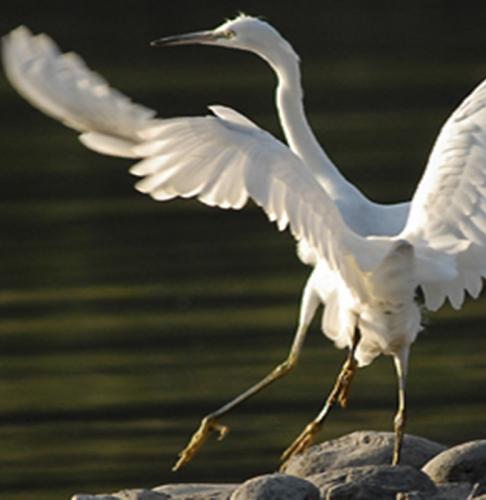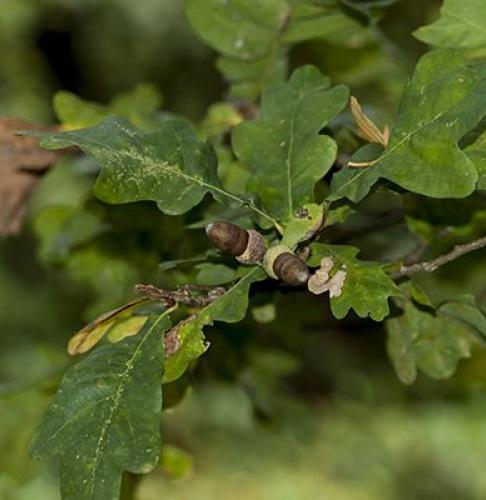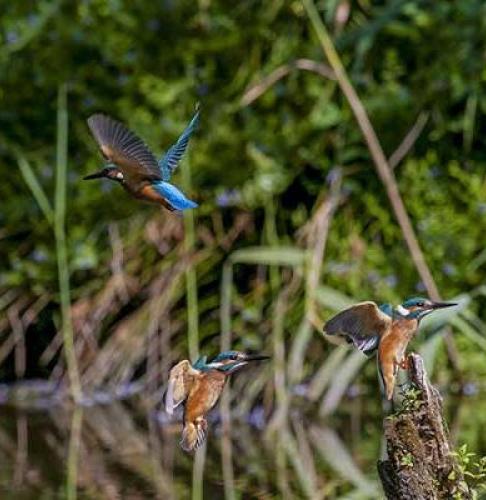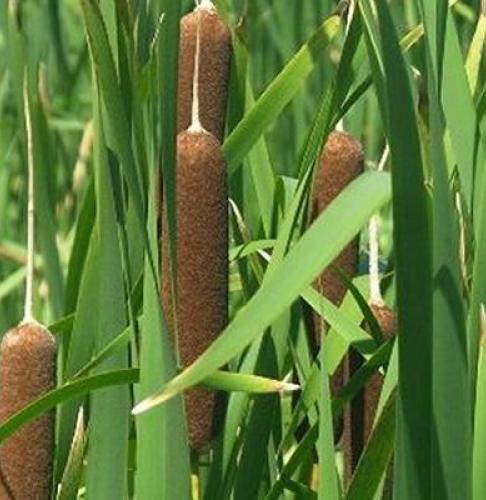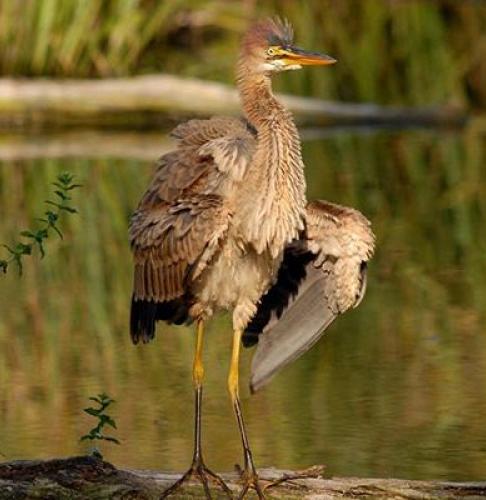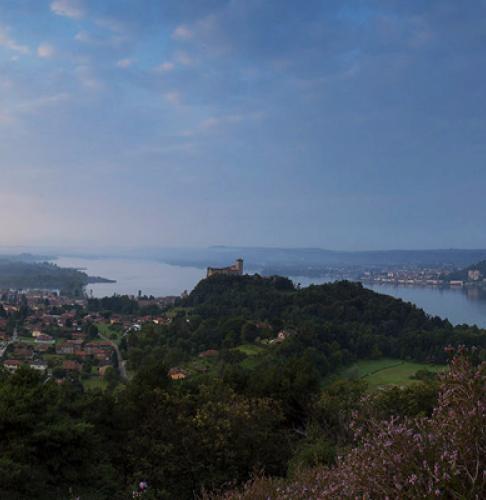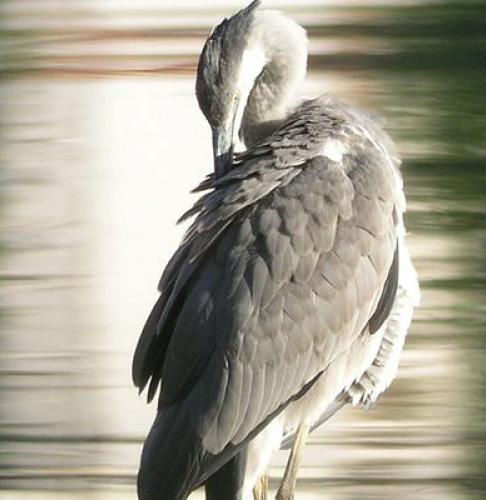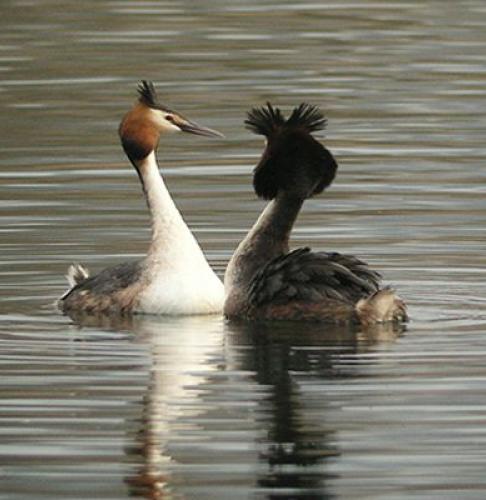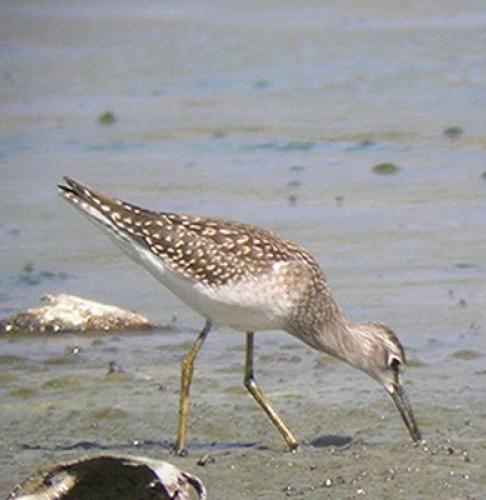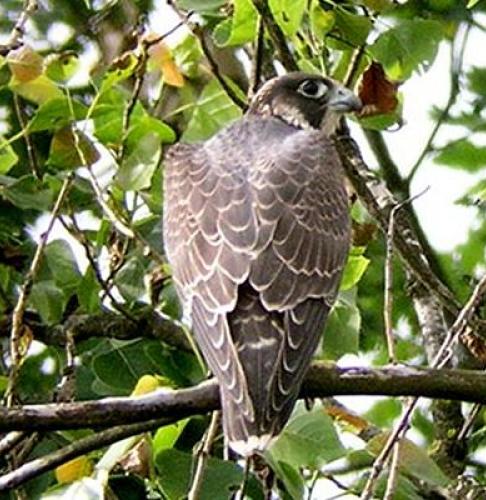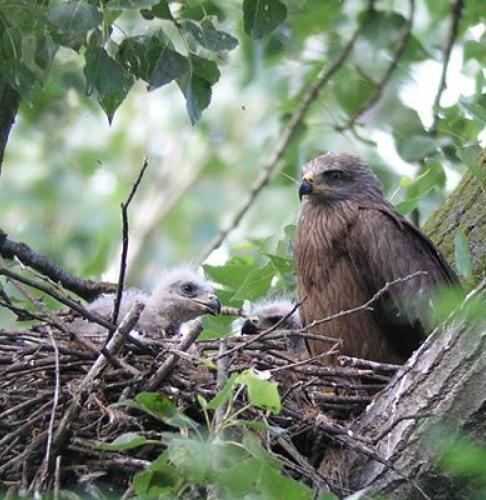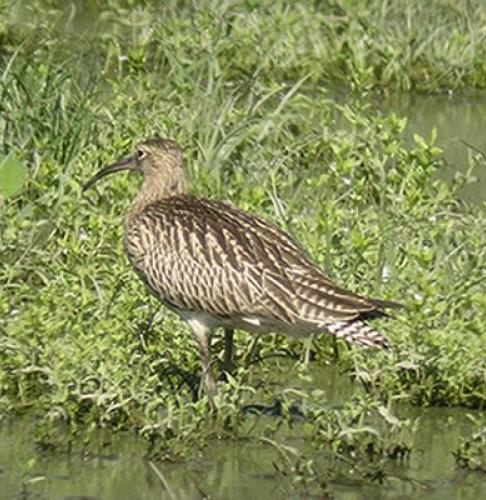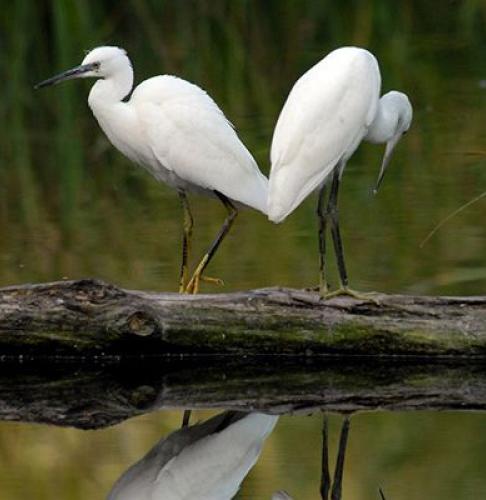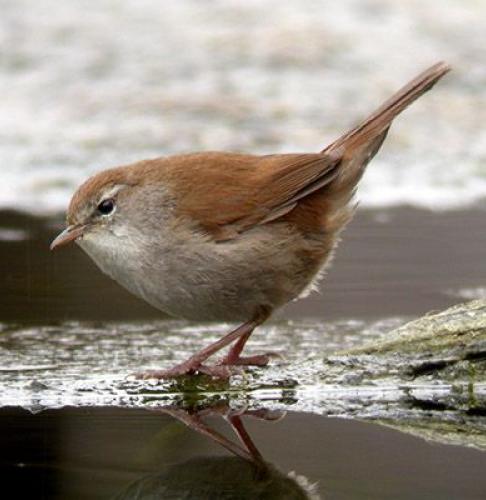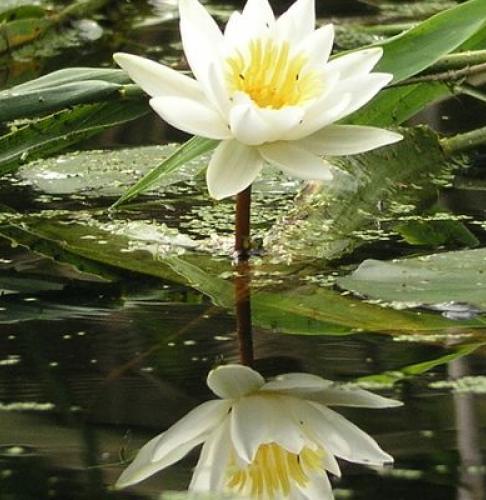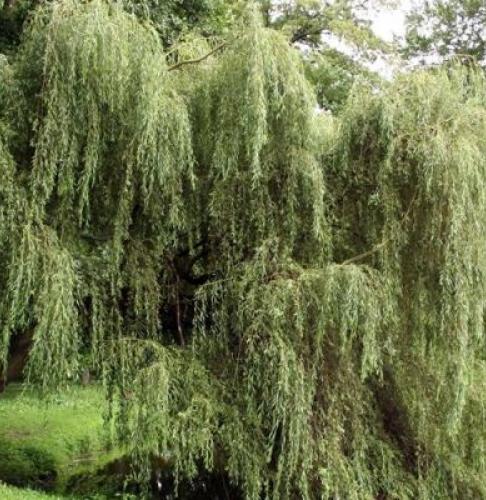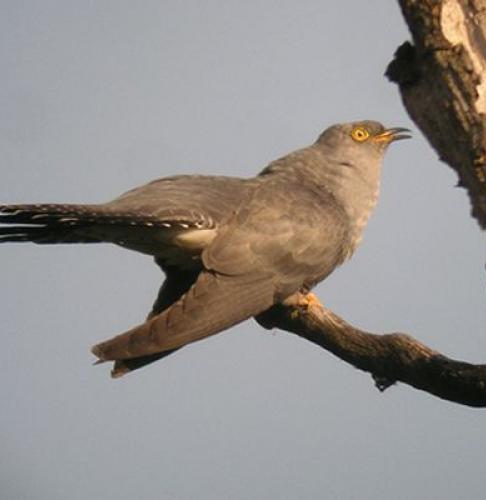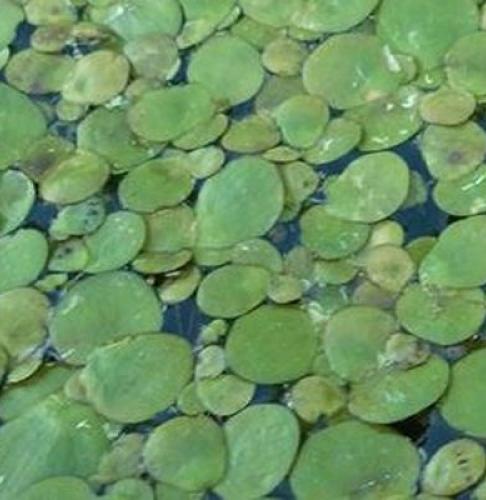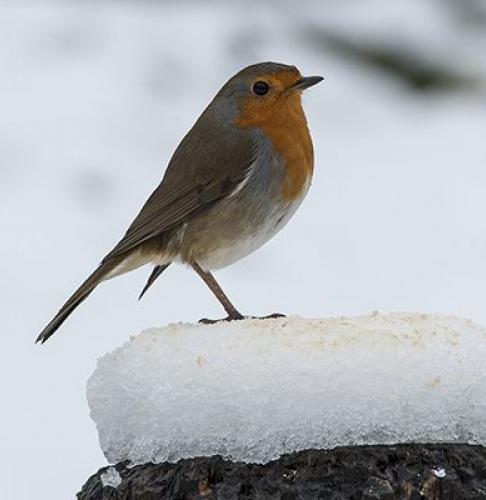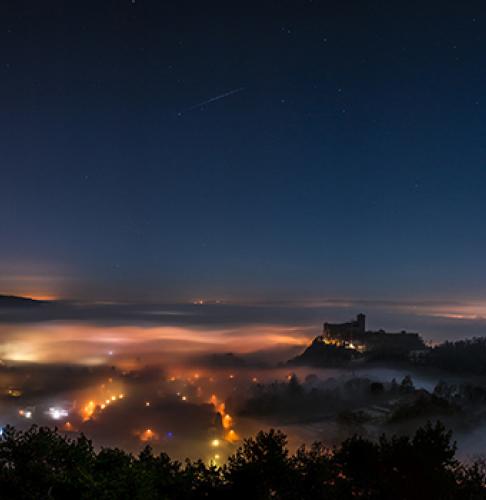Discovering the Bruschera Marsh
Site n. 32 - Angera Open Air Museum
The wetland of Bruschera, about 164 hectares, located on the Lombardy shore of Lake Maggiore south of Angera, is one of the last patches of flooded forest in Lombardy, characterized by a vast wet forest of black alder trees, a system of springs, meadows, ponds and reedbeds along with oak woods and some small agricultural plots.
The great environmental and ecological value of this landscape has led to the marsh of Bruschera being designated as a site of European importance and inclusion in the Canneti del Lago Maggiore special protection area.
The notable environmental interest in this site is due to the presence of habitats of European interest and their good state of conservation, including valuable flora and fauna. The area includes various ecosystems. The northern part of the area is the wettest with forest formations dominated by black alders, extensive areas of white willow, mixed reeds and sedges, and the presence of standing water enriches the vegetation with typical formations of lentic waters. The central-southern part, on the other hand, is characterized by a mesophilous broad-leaved wood with a dominance of oaks.
Access to the marsh is by paths and dirt roads, on foot or by bicycle. There are three entrances: one from Via Arena and two from Via Bruschera, close to a purifying plant. A part of this plant is a phytodepurator that has the appearance of a pond with a high concentration of organic substances particularly nutritious for aquatic fauna. Next to this plant, not far from the lake and Punta della Forca, there is a birdwatching shed.
The swamp is a refuge for aquatic fauna, migratory birds, amphibians, reptiles and small mammals. Numerous bird species nest here, including herons, coots, grebes and moorhens. A patient birdwatcher may see not only brown kites, swamp hawks or lodolaio falcons in flight, but also night herons, water rails and other relatively rare birds. Commonly seen mammals are foxes, squirrels, dormice, shrews and badgers. The flora and the trees are equally valuable: there being many species of plants, notable examples being the water iris, the cattail reed and the water lily.
In 1776 during a boat trip somewhere between the swamp and the lake, the scientist Alessandro Volta discovered the flammable gas found in the marshes, now known as methane.
There is a path that passes by the Isolino Partegora, (a gora is a small gulf to which the island it owes its name), and is a refuge for water birds, particularly cormorants and coots.

